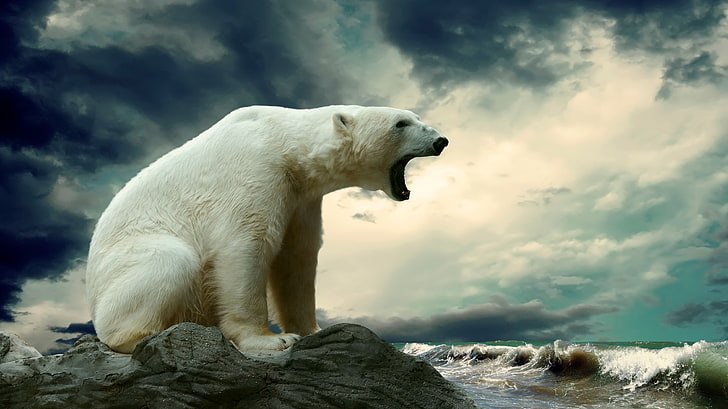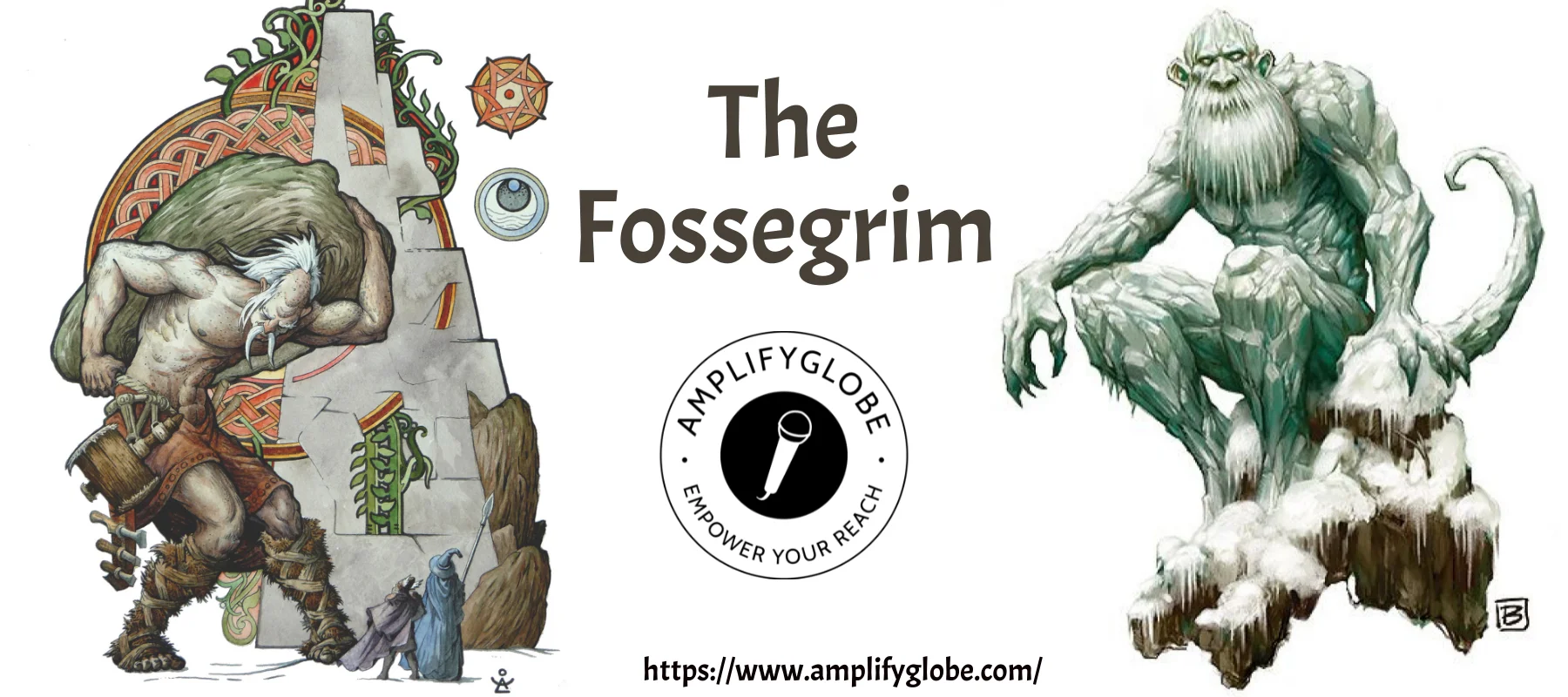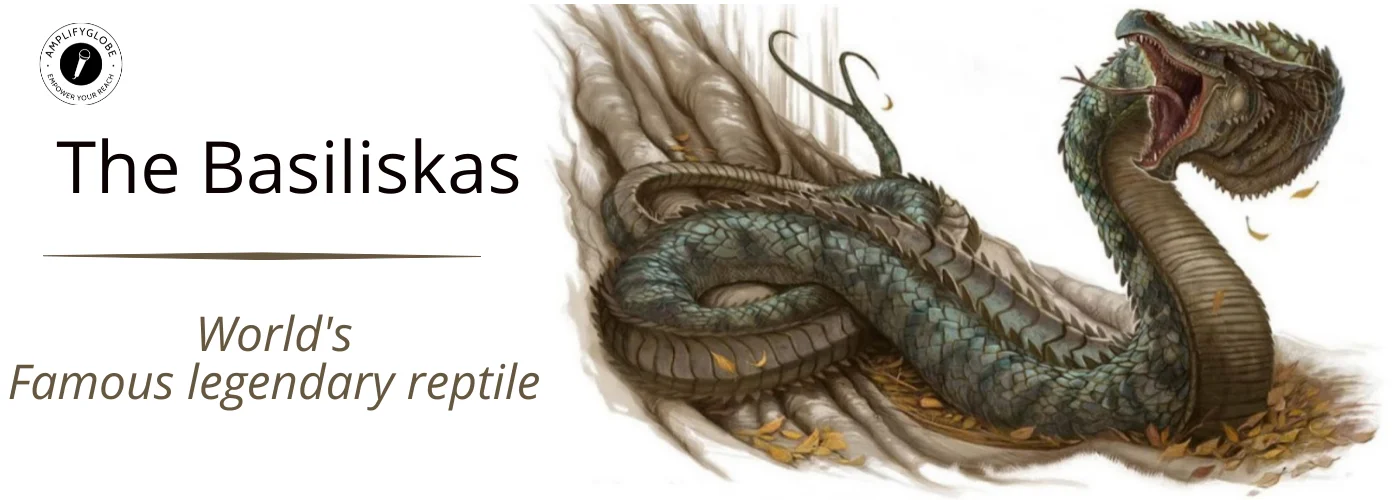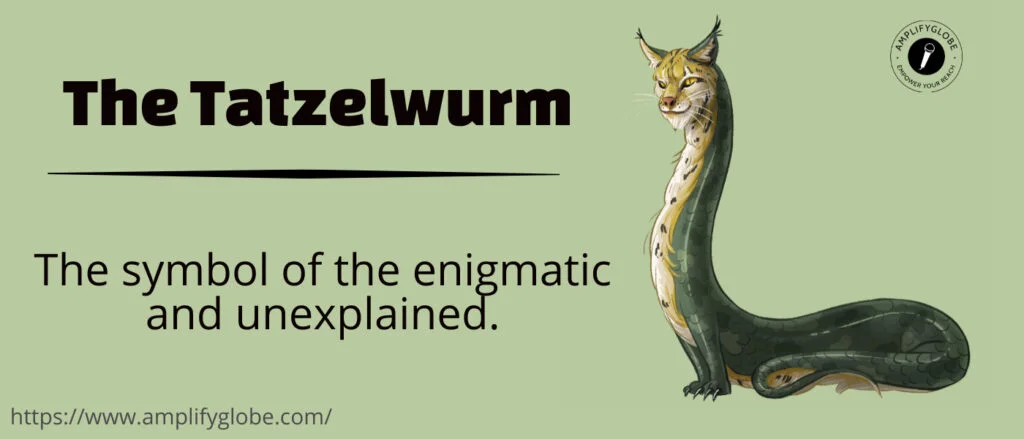SeaBear: The Legend from Beneath the Waves
In this mythical article, we explore the enchanting world of seabears – mystical creatures that have captivated the imaginations of cultures across the globe. These fascinating marine beings, often shrouded in mystery, are steeped in rich folklore, each tale as captivating as the undulating waves they call home. Join us on a journey to unravel the myths and legends surrounding seabears and discover the cultural significance that has endured through generations.

The Origins of Seabear Mythology
Seabears, sometimes referred to as sea bears or marine bears, hold a special place in the mythologies of various cultures. One of the most renowned instances is found in Inuit mythology, where the Kermode bear, also known as the spirit or ghost bear, is believed to possess mystical qualities. Native to the Pacific Northwest, these bears are revered as powerful spirits, often associated with transformation and healing.
Norse Mythology: The Mighty Úrsula
In Norse mythology, the mighty Úrsula reigns as the queen of the seabears. Often depicted as a colossal bear with shimmering silver fur, Úrsula is said to roam the ocean depths, guarding hidden treasures and guiding sailors through treacherous waters. Her presence is both feared and respected, with seafarers invoking her name for protection during perilous voyages.
Celtic Seabear Lore: The Selkie Connection
Celtic mythology intertwines with seabear folklore through the captivating tales of selkies – mythical beings capable of transforming from seals into humans. In these stories, selkies are often said to be closely connected to seabears, acting as their guardians or companions. The intricate web of Celtic mythology weaves together the magic of the ocean and the enigmatic world of seabears.
Modern Interpretations and Conservation Efforts
As we delve into the world of seabear mythology, it's crucial to recognize the modern context. Seabears, in the form of various marine species, are facing threats due to habitat destruction, climate change, and overfishing. Conservation efforts play a pivotal role in preserving these majestic creatures and the rich mythologies they inspire. Organizations worldwide are working tirelessly to raise awareness and safeguard the habitats that both real and mythical seabears call home.
East Asian Mythologies: Guardians of the Deep
In East Asian cultures, seabears are celebrated as benevolent guardians of the deep. In Japanese mythology, the Kuma-no-kami, or "bear deity," is believed to protect fishermen and ensure bountiful catches. Chinese folklore also embraces the symbolism of bears as protectors, with legends of mighty bear spirits reigning over the ocean depths and embodying strength and courage.
Conclusion
The allure of seabear mythology transcends cultural boundaries, connecting people through shared tales of wonder and reverence for the ocean. As we navigate the currents of these ancient stories, let us not only appreciate the magic they bring to our imaginations but also recognize the importance of preserving the real-world habitats that inspire such captivating myths. The legacy of seabear mythology lives on, inviting us to explore the mysteries that lie beneath the waves and celebrate the harmony between humanity and the enchanting creatures of the sea.
More on AmplifyGlobe
Gancanagh: The Mischievous Irish Fairy of Love
 The Gancanagh, pronounced “gawn-kawn-ah,” is believed to have originated from Irish mythology and folklore, particularly from the Celtic tradition...Read More
The Gancanagh, pronounced “gawn-kawn-ah,” is believed to have originated from Irish mythology and folklore, particularly from the Celtic tradition...Read More
Fossegrim: The Enigmatic Water Spirit of Nordic Folklore
 The Ainu people have a rich history that stretches back thousands of years, which predates the unification of Japan as a nation....Read More
The Ainu people have a rich history that stretches back thousands of years, which predates the unification of Japan as a nation....Read More
The Basiliskas
 Throughout history, myths and legends have captivated the human imagination, sparking curiosity and fear in equal measure. Among the many creatures that have found their way into the annals of folklore, one stands out as a symbol of dread and fascination – the Basiliskas...Read More
Throughout history, myths and legends have captivated the human imagination, sparking curiosity and fear in equal measure. Among the many creatures that have found their way into the annals of folklore, one stands out as a symbol of dread and fascination – the Basiliskas...Read More
Tatzelwurm: Unraveling the Mysteries of the Alpine Dragon
 Hidden deep within the picturesque landscapes of the Alps, a legendary creature has captured the imaginations of generations: the Tatzelwurm...Read More
Hidden deep within the picturesque landscapes of the Alps, a legendary creature has captured the imaginations of generations: the Tatzelwurm...Read More
Snawfus : The Enigma of Ozark Folklore
 The term "Snawfus" is believed to have its roots in American folklore, particularly in the Appalachian region...Read More
The term "Snawfus" is believed to have its roots in American folklore, particularly in the Appalachian region...Read More